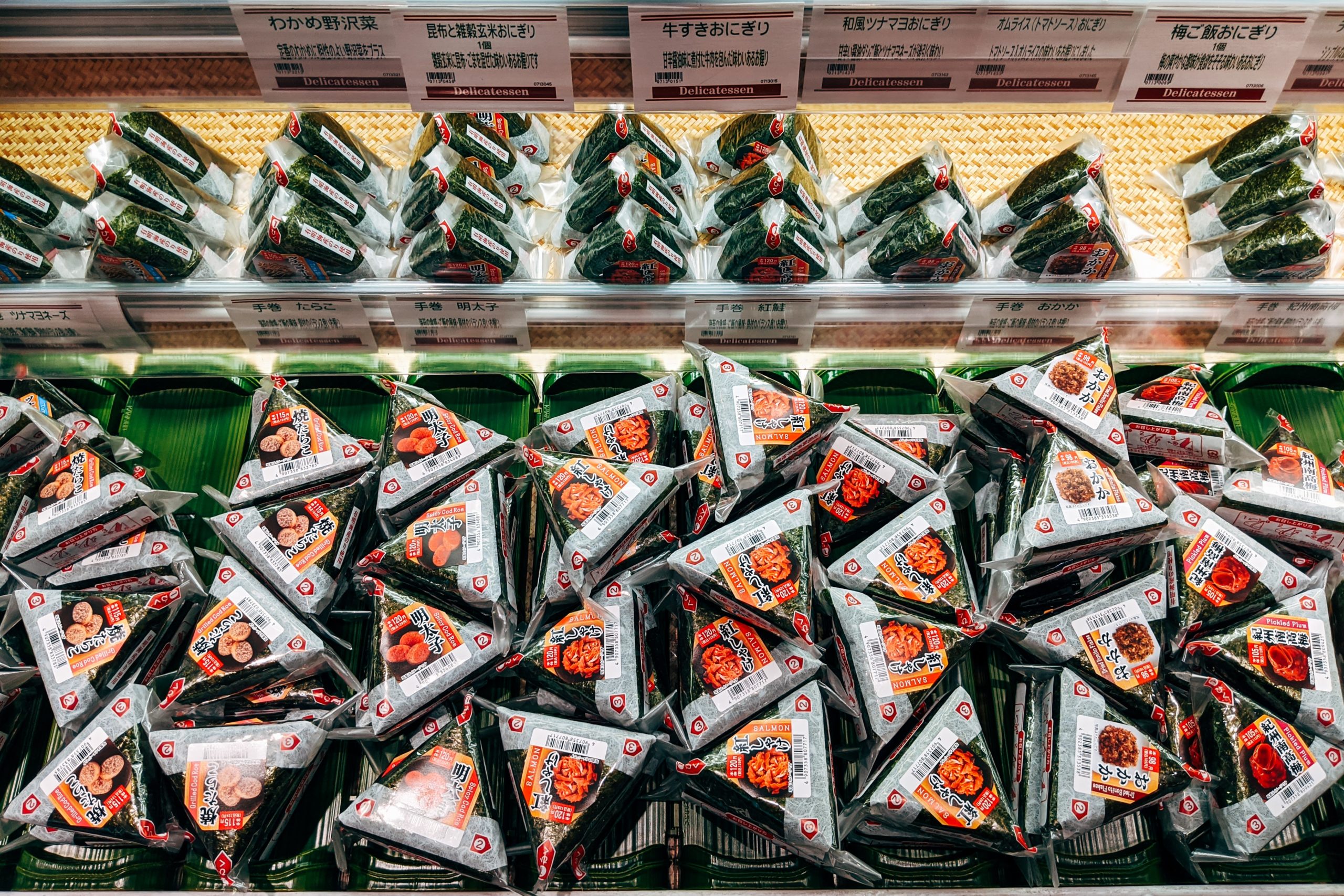Food Packaging: How to Choose the Right Material
Producing and selling food products requires strict regulatory compliance standards that businesses are mandated to follow. This includes being on top of food packaging regulations and knowing which materials are suitable and safe to use.
There are several different options to choose from in food packaging. Various materials can help determine what kind of packaging can be made and how it affects food safety and quality. However, not all materials are created equal, nor are they meant to withstand the same environmental conditions or usage.
Knowing and understanding these qualities can be very helpful for business owners and decision-makers while selecting the optimal packaging for their products.
Why is Food Packaging Important?
The primary purpose of food packaging is to ensure the quality of the product inside. However, this is not the only factor to consider when choosing the type of packaging.

1. Protection
Packaging companies create several designs that best optimize the safety of different food products. Using the right packaging material offers a level of protection to keep food quality high and unharmed by factors such as chemical reactions, light, and dirt.
The proper food packaging can also help extend the shelf life of a product. The materials prevent it from being contaminated by foreign substances.
2. Transportation
Food packaged in aluminum cans, bags, bottles, glass, and boxes can help ensure the products’ safety during delivery from factory to market. Additionally, the type of packaging used can make it easier to carry from one place to another.
3. Branding
Food packaging plays an essential role in attracting customers to buy a product.
Products that use packaging with vibrant or attractive colors and bold fonts can be perceived as exciting and pique consumers’ interest. Packaging with unique coatings or embellishments such as metallic foils may infer a premium product. Brand owners can also use food packaging to represent their brand and send a compelling and attractive message to the buyer.
6 Different Kinds of Food Packaging
There are several types of food packaging available in the market today. However, each kind of material is typically recommended for only a specific set of foods. This ensures that the quality is kept and consumption is made simple.
1. Glass
Using glass for retail packaging ensures that the material is non-reactive to the food inside. It is also impermeable, making it suitable for beverages and other liquid food products. Glass is a sustainable and recyclable material that allows brands to improve their waste management. However, this material is also breakable and may be heavy, thus increasing risks and costs during transport.
2. Aluminum

Aluminum food packaging is lightweight and eco-friendly. This material also maintains the attractive aroma of food for a long time and protects it from light and microorganisms. Aluminum packaging is resistant to moisture, heat, and corrosion but is not as sturdy as other materials and may have a higher materials cost to the brand.
3. Tinplate

This material is one of the most durable among the different types of food packaging. Additionally, it can act as a more cost-effective alternative to aluminum materials. Tin plates are water- and heat-resistant, but they can cause reactions with food products and may be considerably harder to open. Businesses can use this material for packaging both beverages and foods.
4. Styrofoam
Styrofoam packaging is typical in retail food establishments. The material is lightweight and can insulate food more effectively than can plastic. A disadvantage is that styrofoam is not biodegradable. This choice could dissuade eco-conscious buyers from selecting your brand. Additionally, the properties of styrofoam make it more expensive to recycle than to produce. That means even in places where it can be recycled, styrofoam will likely end up in a landfill instead.
5. Plastic

Plastic is relatively inexpensive, making it one of the most commonly used packaging materials today. This material may offer brands more flexibility with their product designs and can keep food for long periods. Plastic can be molded into various shapes such as bottles and tubs to store any food product. However, plastics also contribute to the amount of waste on the planet as many types of plastic take hundreds or even thousands of years to decompose.
6. Cardboard
Cardboard, typically used in corrugated packaging or folding cartons, is another inexpensive and lightweight paperboard material commonly used to package dry and frozen food products. It is a renewable packaging material that can be recycled later. A disadvantage is that it is prone to moisture and humidity issues. Additionally, it can be easily torn and damaged.
Considerations When Choosing a Food Packaging Material
Each packaging material comes with its advantages and disadvantages. However, before deciding what type of packaging is best for your product, it is vital to note a few factors. Businesses should note the local laws and regulations in the area they want to sell their products. Some countries may have different standards and regulations regarding food packaging. These may include but are not limited to cultural differences, language barriers, and sustainability issues.
Safety is at the Heart of Food Packaging
Choosing suitable packaging material for food products means being able to abide by the rules and standards of local food authorities. This is because food packaging is essential in maintaining the safety and quality of food products.
The right packaging can also help businesses present their products to establish their brand in the market. Simultaneously, it conveys the values of the brand to its customers. Business owners can make use of professional printing solutions to improve their packaging designs. Contact Meyers today and bring your vision to life.

